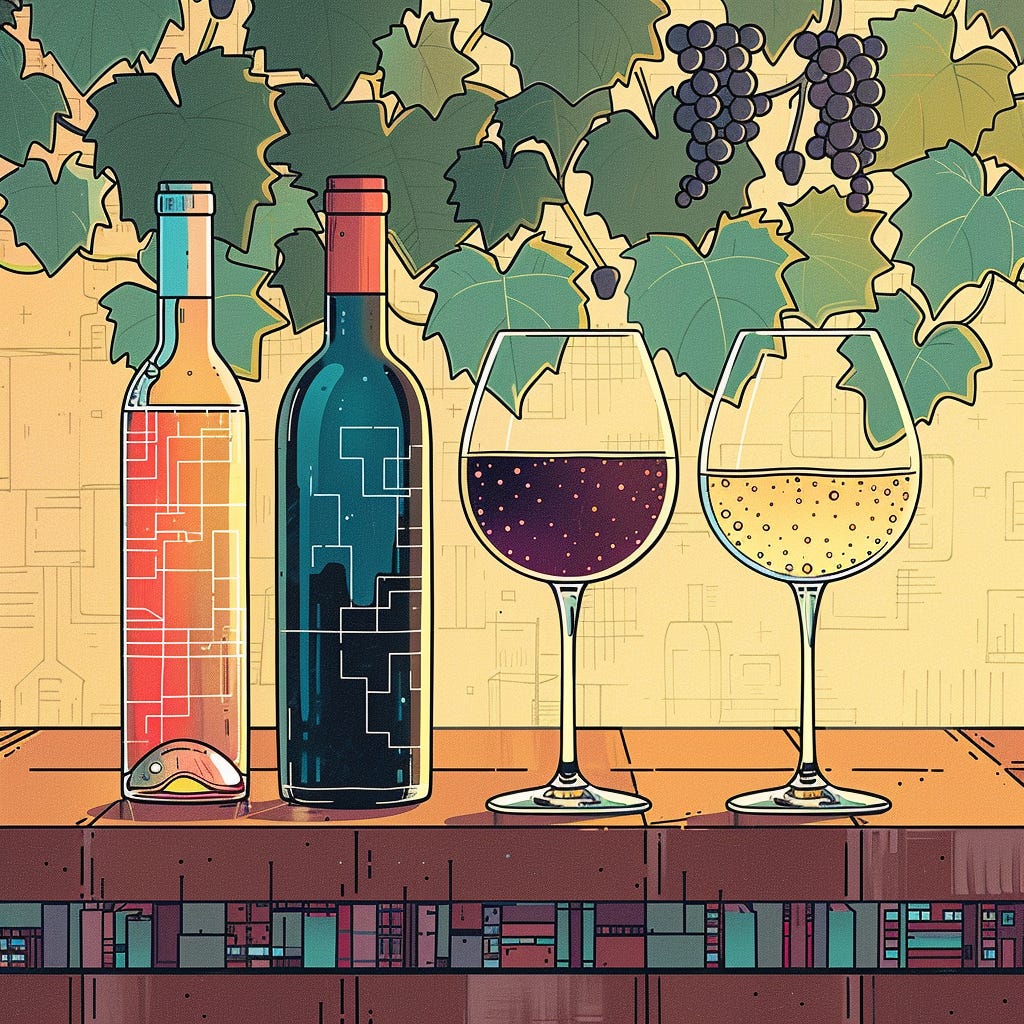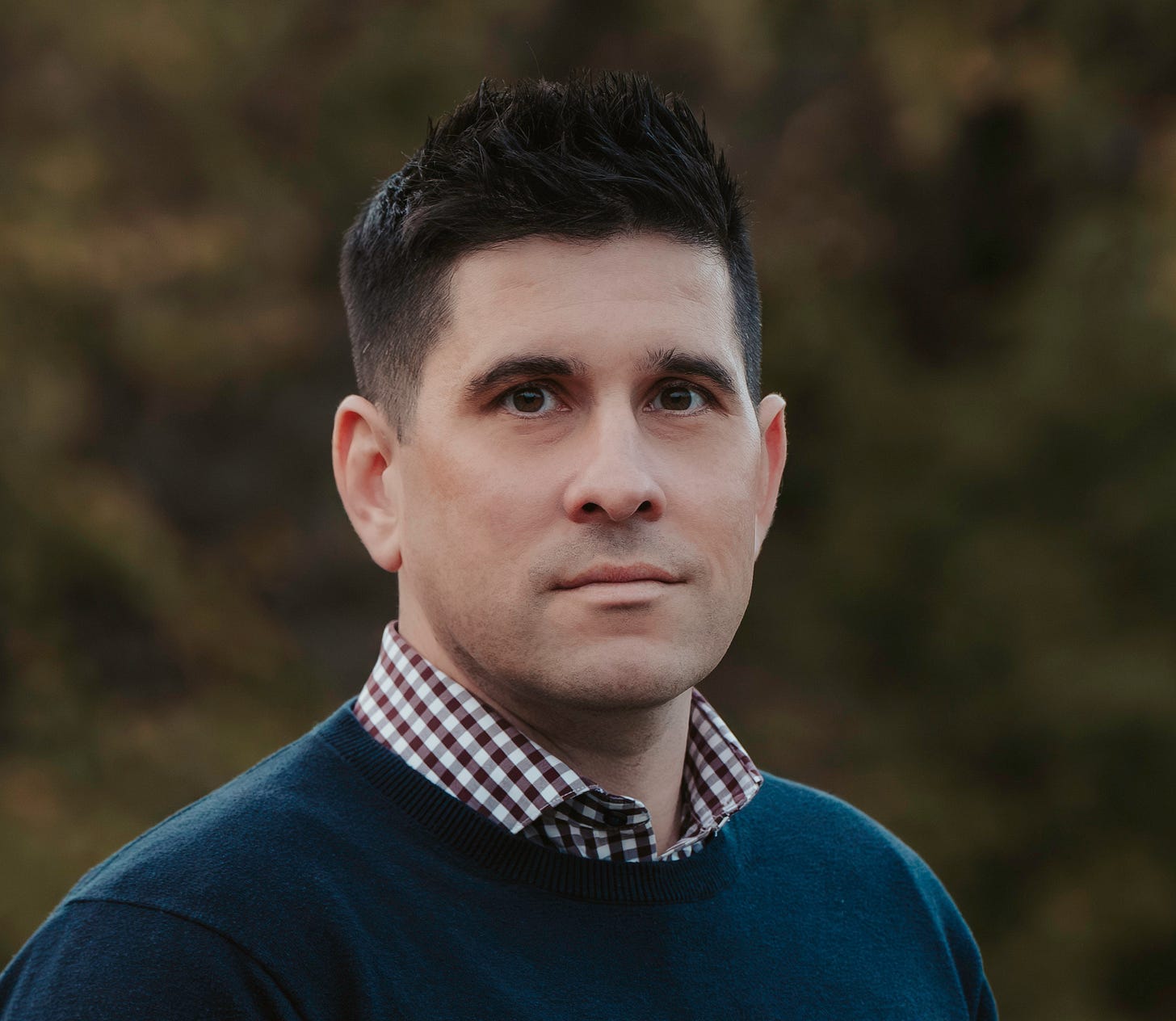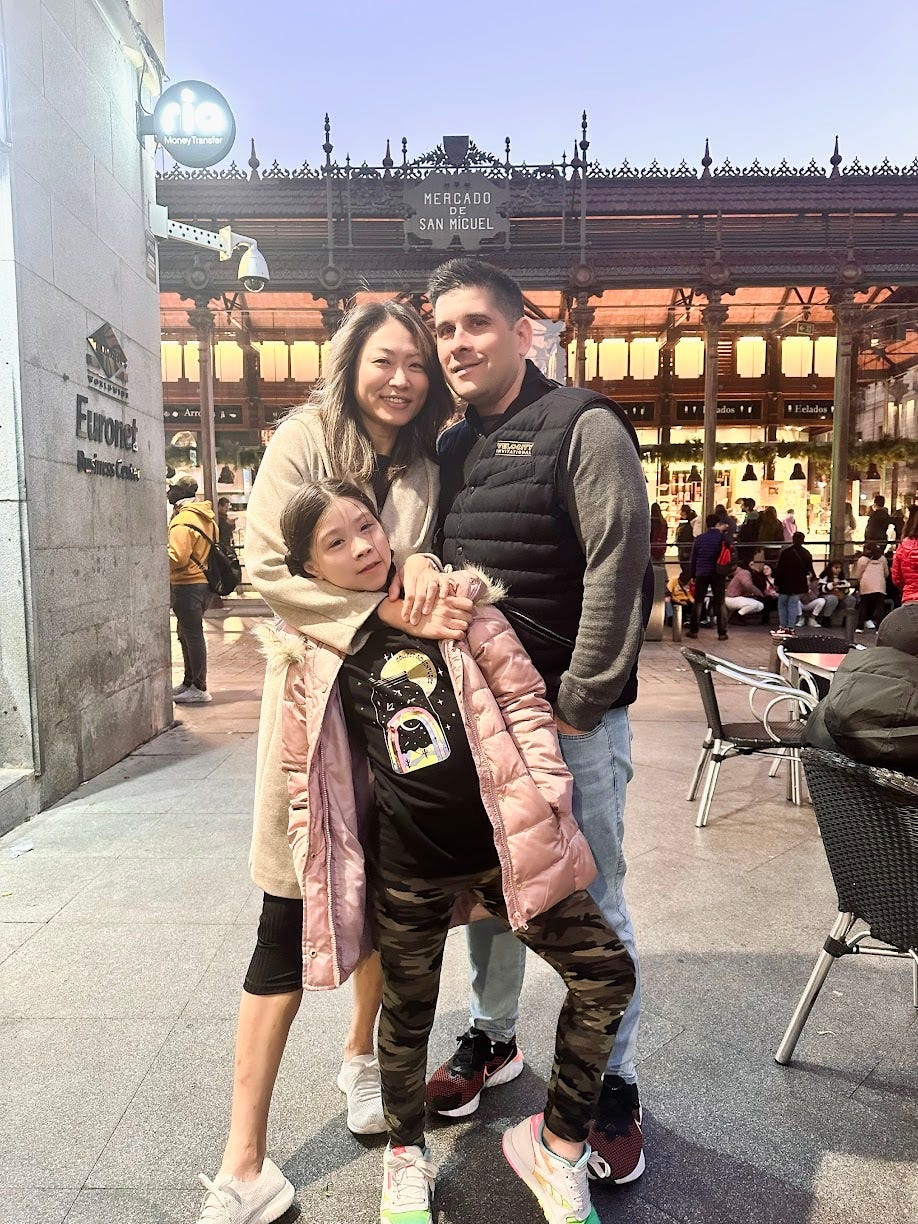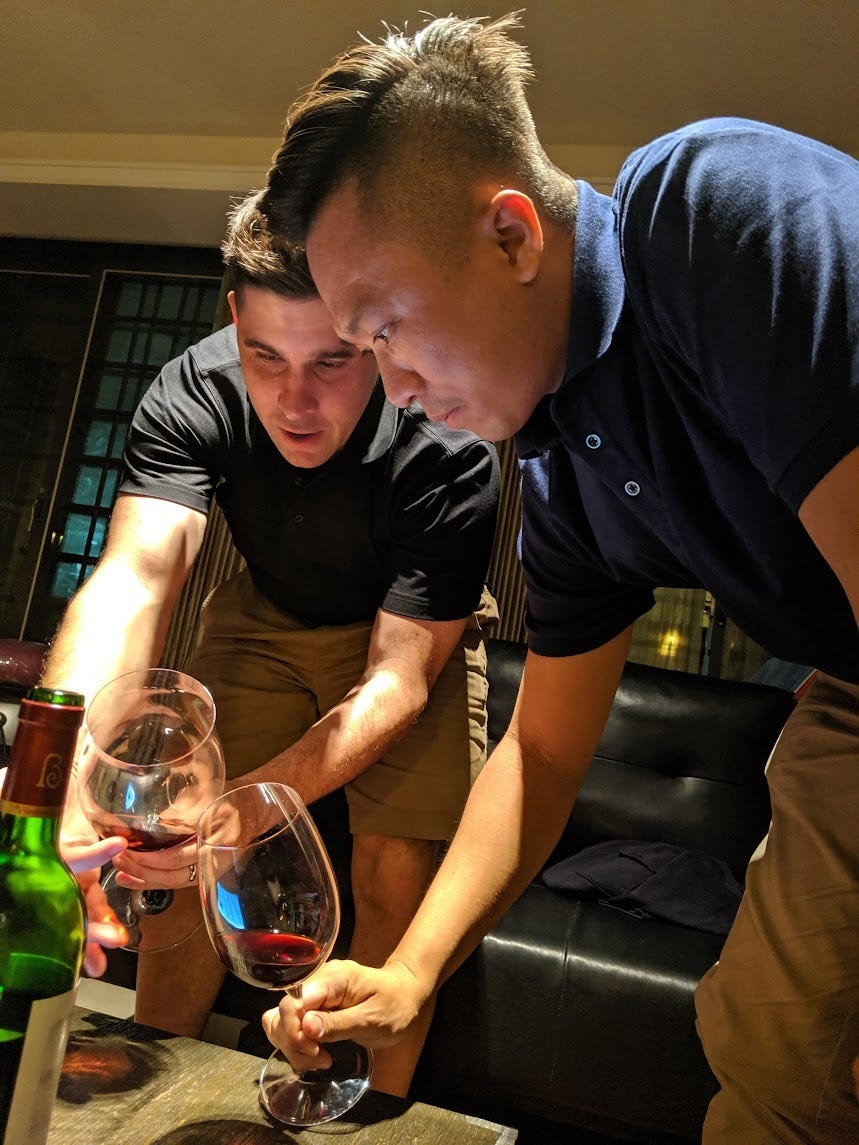Sips & Bytes - Justin Erb
Celebrating the next Generation of Wine-Tech Operators
Highlighting talented people in wine and tech is such a wonderful adventure. Not only do I get to point the spotlight to industry veterans but also people who do the hard lifting without the benefit of the limelight. One of the up-and-coming stars of wine and tech is Justin Erb. Before Justin jumped into the world's hardest digital marketing category (wine), he earned his foundational digital skills at an agency and a fantastic luxury brand called Moleskine (IYKYK). Justin now runs O’Neill’s Vintners and Distillers digital efforts. I have had the privilege of working with Justin and calling him a friend. Like Andrew Groom, he represents the hardest segment of wines to market online. Talents like Justin and Andrew will be responsible for unlocking the difficult equation of attracting new customers to the category. We must nurture and honor upcoming talents like Justin to ensure our industry can overcome our incredible knowledge debt and continue adapting and innovating in an ever-increasing digital world. Otherwise, we will surely face our own version of Digital Darwinism.
Introducing Justin Erb -
How did you become interested in the intersection of wine and digital tools?
I wanted to focus my career on creating great digital experiences. I saw a lot of potential to help drive change within the wine world and was fortunate to have a door open for me (shoutout to Robert Chin). I joined the industry at the same time Social Media was shifting to a paid focus. Having to educate on the demise of organic reach was one of my first tasks. Now that I think of it, I actually still have similar conversations to this day…
Could you share a noteworthy or exciting achievement or project at your company that excites you or is bragworthy?
One of my favorite recent projects was designing and launching a box wine with Neil Patrick Harris and the team at Wondercade. We wanted to inject games and fun into the wine experience with Game Box. The team at Wondercade over delivered with helping us craft incredible puzzles, pick up the box at a store near you to check it out.
Name three wines you think are wonderful.
Everyday: Shameless of me, but I really do believe that Harken Chardonnay is one of, if not the best, under $20 wines. It's a great website, too.
Date night: One of my favorite wine discoveries last year was Saintes Pierres de Nalys. I'd like to give a hat tip to Wine Insiders for introducing me to them.
Splurge: One of my most incredible wine experiences was at Palmaz Vineyards. I love the vineyard's focus on technology. As for the wine, pick any bottle, and you will be happy.
In your opinion, what makes the combination of wine and technology extraordinarily challenging?
If you asked me this 5+ years ago I would say lacking a belief that digital will drive results. I think that narrative has changed a lot, though. Currently, I would say the fragmentation within the three-tier system. There is a wide gap in connecting data; in some cases, it’s still not possible.
Do you admire any digital companies or initiatives in the wine industry? What sets them apart?
One of my favorite platforms right now is Awtomic. The Shopify ecosystem has a lot of great subscription platforms, but one built around the complexity that wine presents is missing. I have been nothing but impressed with the thought that Awtomic put into the whole process. I think that will be a platform that many wineries shift over too soon.
What key recommendations would you offer a winery looking to integrate digital tools into its sales, marketing, or operational strategies?
Bring key stakeholders along for the whole process. It pains me to have a great new tool that nobody uses. When we revamped our trade portal, I made sure to get input from our overall team as we designed it. Afterward, I knew it was critical to set up training and provide a clear way of working when anyone had questions. Overall, try focusing on only a few big projects because anything more will be hard for the team to adapt to.
In your view, what is the most significant obstacle wineries face when leveraging digital tools?
Having the patience to invest for the long term is critical. We live in a world where immediate results are often expected. Many tools take time to not just set up but build momentum. Setting clear expectations with senior leadership is mission-critical to keeping faith with your digital investments.
In your opinion, what makes the process of digital transformation particularly difficult?
I think it’s a combination of a lot of factors: old business models, multiple layers of gatekeepers, fragmented data etc. The retail part of the business greatly limits the art of the possible with digital from the supply side. This space is evolving but still leaves a lot to be desired. That can lead to thinking best summed up as, “Why even bother?” As more and more consumers order from a screen, it’s hard to ignore.
What digital tools or technologies are you currently excited about outside the wine industry, and how do you see them potentially benefiting the wine sector?
I have to say AI, right? To be clear, I am excited about that, but I know others have already hit on that. CDP is another technology that I am excited to use at some point this year. The potential to help create a unified consumer experience across multiple touchpoints will be a game changer for the first brands in wine to get that right.
How has the digital landscape in the wine industry evolved over the past few years, and what trends do you foresee in the near future?
The growth of e-commerce takes multiple forms. At this point, we seem to be setting up a new platform for retailers every other month. I think this will start to consolidate to a few key players, though. I’m bullish on Instacart becoming a backend leader and simplifying the process on the supply side.
What are the key metrics and KPIs (Key Performance Indicators) that wineries should be tracking to measure the success of their digital marketing efforts?
To start, I think you want to have a POV on leading vs. lagging metrics. This helps to give a reason for why you would track engagements (leading) vs. just looking at sales (lagging). I’m also a fan of working from a hero metric that helps you say if we get this one thing right, everything else will work out. That metric will change based on what is most important to your business.
What advice would you give to small or boutique wineries with limited resources that are looking to compete with larger wine producers in the digital space?
I think whoever creates the best experiences wins out in the end. You won’t be able to outspend or push media as hard, so play another game. I think many wineries only think about differentiation within wine and not branding. Scribe would be an example of a winery that has done a great job playing its own game.
Name one or people you think are digital stars in the wine industry.
When it comes to visuals and copy, a few come to mind.
Email: I think email marketing can get boring very quickly, so I'm always interested in anyone who puts effort into it. The Prisoner is one brand that consistently impresses me with its creativity.
Copywriting: A lot of wine websites remind me of reading boring textbooks. However, Last Bottle is a bright star within the space who always brings energy to its copy. I recommend signing up for their email to see how you can inject energy into the message.
Next on Sips & Bytes - George Christie








